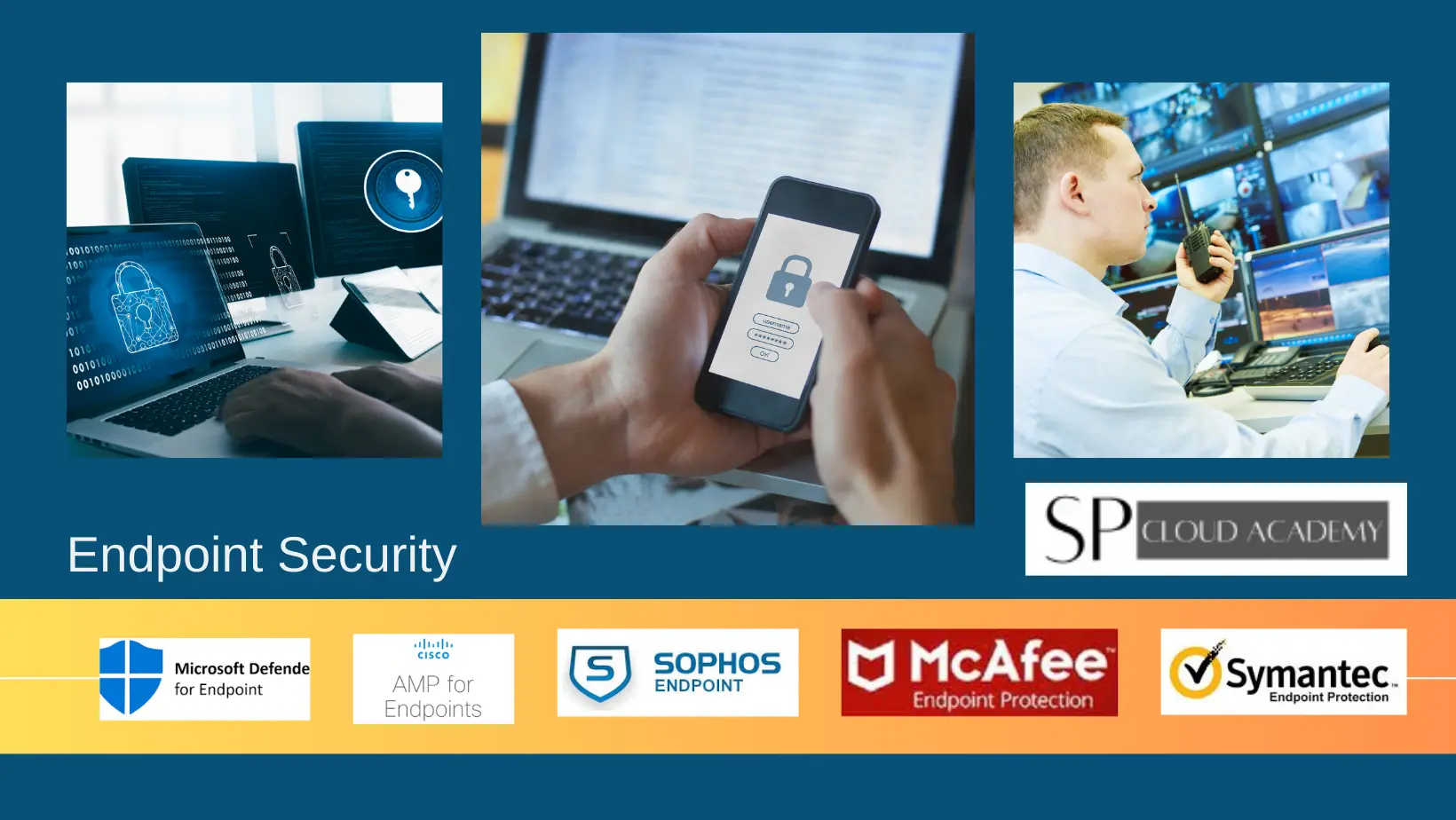Endpoint security solutions are a set of technologies and practices designed to protect the individual devices (endpoints) within a network, such as desktops, laptops, servers, mobile devices, and other endpoints. These solutions aim to secure endpoints from various cyber threats, including malware, ransomware, phishing attacks, data breaches, and unauthorized access.
Endpoint Security working principles
Endpoint security solutions work based on a combination of technologies, strategies, and principles to protect individual devices (endpoints) from various cyber threats. Here’s an overview of the working principles of endpoint security:
Preventive Measures:
- Antivirus and Anti-Malware: These solutions scan files, programs, and data on endpoints to identify known malware signatures and patterns. They quarantine or remove detected threats.
- Firewall: Firewalls filter incoming and outgoing network traffic based on predefined rules to block unauthorized access and malicious communication.
Behavioral Analysis:
- Some solutions monitor endpoint behavior, looking for deviations from normal patterns. This can include unusual application behavior, file modifications, and network activity. Behavioral analysis can identify zero-day attacks and other unknown threats.
Heuristics and Machine Learning:
- These techniques use algorithms to identify potentially malicious files or activities based on patterns and behaviors. Machine learning algorithms improve over time by learning from new data and adapting to evolving threats.
Sandboxing:
- Sandboxing involves running suspicious files or applications in a controlled environment, isolated from the rest of the system. This allows the security solution to observe their behavior without risking the actual endpoint’s security.
Intrusion Detection and Prevention:
- These systems monitor network traffic and endpoint activities for signs of unauthorized or malicious activity. They use predefined rules or behavioral analysis to detect intrusions and can block or alert administrators about potential threats.
Data Loss Prevention (DLP):
- DLP solutions monitor data leaving the endpoint, looking for sensitive information. If they detect attempts to send confidential data outside the network, they can block the transmission or alert administrators.
Patch Management:
- Solutions regularly check for software updates and patches for applications and the operating system. Keeping software up to date is critical to prevent vulnerabilities from being exploited.
Centralized Management:
- Administrators use a central console to manage security policies, monitor endpoints, and respond to threats. This provides a unified view of the organization’s security posture.
Response and Remediation:
- If a threat is detected, endpoint security solutions can take various actions. This may include isolating the affected endpoint from the network, removing malicious files, or triggering an alert to security personnel for further investigation.
Machine Learning and AI:
- These technologies analyze large amounts of data to identify patterns that indicate potential threats. They can adapt to new threats by learning from both historical and real-time data.
User Education:
- Educating users about safe computing practices is an essential component of endpoint security. Many threats, such as phishing attacks, rely on user actions. Teaching users to recognize and avoid these threats can significantly reduce risks.
Continuous Monitoring and Improvement:
- Endpoint security solutions continuously monitor and update themselves to stay current with the evolving threat landscape. Regular updates to threat intelligence, virus definitions, and security policies are crucial.
By combining these principles and technologies, endpoint security solutions aim to provide a multi-layered defense that helps organizations identify, prevent, and respond to a wide range of cyber threats targeting their endpoints.
Endpoint Security Solutions Providers
Microsoft endpoint security solutions
Microsoft offers a comprehensive suite of endpoint security solutions to protect businesses of all sizes from cyberthreats. These solutions include:
- Microsoft Defender for Endpoint: This is a cloud-based endpoint security platform that provides prevention, detection, investigation, and response capabilities. It includes features such as next-generation antimalware, attack surface reduction rules, device control, endpoint firewall, network protection, web control, device-based conditional access, controlled folder access, APIs, SIEM connector, and custom threat intelligence.
- Microsoft Defender for Cloud Apps: This solution protects cloud applications from data loss, malware, and other threats. It includes features such as data loss prevention, malware protection, application control, and cloud workload protection.
- Microsoft Intune: This mobile device management (MDM) solution helps organizations to secure and manage mobile devices. It includes features such as device enrollment, application management, and security policies.
- Microsoft Azure Active Directory (AD): This identity and access management (IAM) solution helps organizations to secure access to their resources. It includes features such as single sign-on, multi-factor authentication, and role-based access control (RBAC).
These solutions can be used together to provide a comprehensive and layered approach to endpoint security. For example, Microsoft Defender for Endpoint can be used to protect endpoints from malware and other threats, while Microsoft Defender for Cloud Apps can be used to protect cloud applications from data loss and malware. Microsoft Intune can be used to manage mobile devices, and Microsoft Azure AD can be used to secure access to resources.
Microsoft also offers a number of other endpoint security solutions, such as:
- Microsoft Cloud App Security: This solution provides visibility and control over cloud apps.
- Microsoft Threat Protection: This solution provides threat intelligence and protection across endpoints, email, and Office 365.
- Microsoft Sentinel: This solution provides SIEM and XDR capabilities for cloud and on-premises environments.
These solutions can be used to supplement the core endpoint security solutions offered by Microsoft. For example, Microsoft Cloud App Security can be used to provide visibility and control over cloud apps that are not covered by Microsoft Defender for Cloud Apps. Microsoft Threat Protection can be used to provide threat intelligence and protection for endpoints that are not covered by Microsoft Defender for Endpoint. And Microsoft Sentinel can be used to provide SIEM and XDR capabilities for organizations that have a hybrid IT environment.
Microsoft’s endpoint security solutions are designed to be easy to use and manage. They are also scalable to meet the needs of businesses of all sizes. If you are looking for a comprehensive and reliable endpoint security solution, Microsoft has a solution that can meet your needs.
https://www.microsoft.com/en-us/security
Cisco endpoint security solutions
Cisco provides a range of endpoint security solutions as part of their broader cybersecurity offerings. As of my last update in September 2021, here are some of Cisco’s notable endpoint security solutions:
- Cisco Secure Endpoint (formerly AMP for Endpoints): This is a cloud-based endpoint protection platform that provides prevention, detection, investigation, and response capabilities. It includes features such as next-generation antimalware, attack surface reduction rules, device control, endpoint firewall, network protection, web control, device-based conditional access, controlled folder access, APIs, SIEM connector, and custom threat intelligence.
https://www.cisco.com/c/en_be/products/security/amp-for-endpoints/index.html
- Cisco Secure Workload: This solution provides protection for virtual machines, containers, and cloud workloads. It includes features such as next-generation antimalware, intrusion prevention system (IPS), vulnerability scanning, and application control.
- Cisco Secure Firewall Management Center: This solution provides centralized management for Cisco firewalls and other security devices. It includes features such as policy management, threat intelligence, and reporting.
- Cisco Identity Services Engine (ISE): This solution provides identity and access management (IAM) for wired and wireless networks. It includes features such as authentication, authorization, and network access control (NAC).
- Cisco SecureX: This is a platform that integrates Cisco’s security products and services. It provides a single pane of glass for threat visibility, detection, and response.
These solutions can be used together to provide a comprehensive and layered approach to endpoint security. For example, Cisco Secure Endpoint can be used to protect endpoints from malware and other threats, while Cisco Secure Workload can be used to protect cloud workloads. Cisco Secure Firewall Management Center can be used to manage firewalls and other security devices, and Cisco Identity Services Engine can be used to control access to networks. Cisco SecureX can be used to integrate all of these solutions and provide a single pane of glass for threat visibility, detection, and response.
Cisco’s endpoint security solutions are designed to be easy to use and manage. They are also scalable to meet the needs of businesses of all sizes. If you are looking for a comprehensive and reliable endpoint security solution, Cisco has a solution that can meet your needs.
https://www.cisco.com/c/en/us/products/security/product-listing.html
Others Solutions
- Symantec (Now part of Broadcom):
- Solution: Symantec Endpoint Protection
- Details: A comprehensive endpoint security solution that combines antivirus, anti-malware, firewall, intrusion prevention, and more. It offers advanced protection against known and unknown threats.
- Website: Symantec Endpoint Protection
- McAfee:
- Solution: McAfee Endpoint Security
- Details: Provides a wide range of security features, including antivirus, firewall, intrusion prevention, advanced threat protection, and machine learning-based analysis.
- Website: McAfee Endpoint Security
- Trend Micro:
- Solution: Trend Micro Apex One
- Details: Provides advanced threat detection and response, web security, email security, and application control to protect endpoints from a variety of cyber threats.
- Website: Trend Micro Apex One
- Carbon Black (Now part of VMware):
- Solution: VMware Carbon Black Cloud Endpoint
- Details: Leverages behavioral analysis, machine learning, and threat intelligence to protect against malware and other advanced threats. Provides endpoint detection and response (EDR) capabilities.
- Website: VMware Carbon Black Cloud Endpoint
- Kaspersky:
- Solution: Kaspersky Endpoint Security
- Details: Offers a range of endpoint security features including anti-malware, firewall, application control, device control, and encryption to protect against a variety of threats.
- Website: Kaspersky Endpoint Security
For the most up-to-date information about the solutions offered by these providers, including features, pricing, and new developments, I recommend visiting their official websites or contacting them directly. Additionally, the cybersecurity landscape is ever-evolving, and new providers and solutions may have emerged since my last update.
See Also
Security Archives – SP Cloud Academy (spca.education)
-
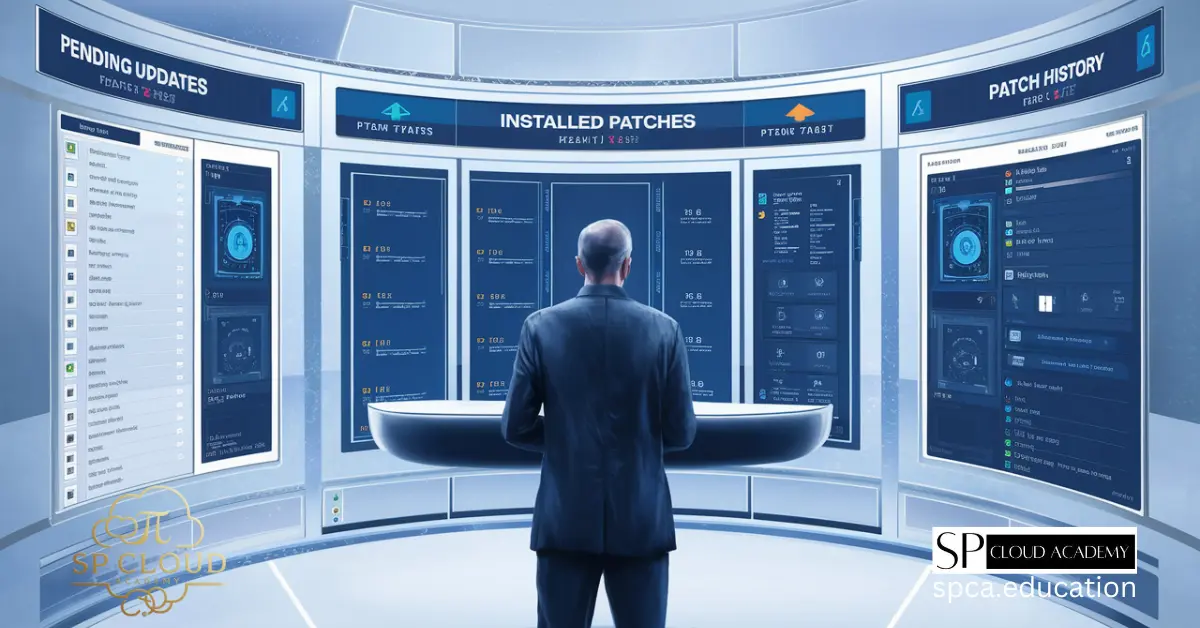
Top 10 Best Patch Management Software for 2025: Features, Pricing, and Expert Picks!
-
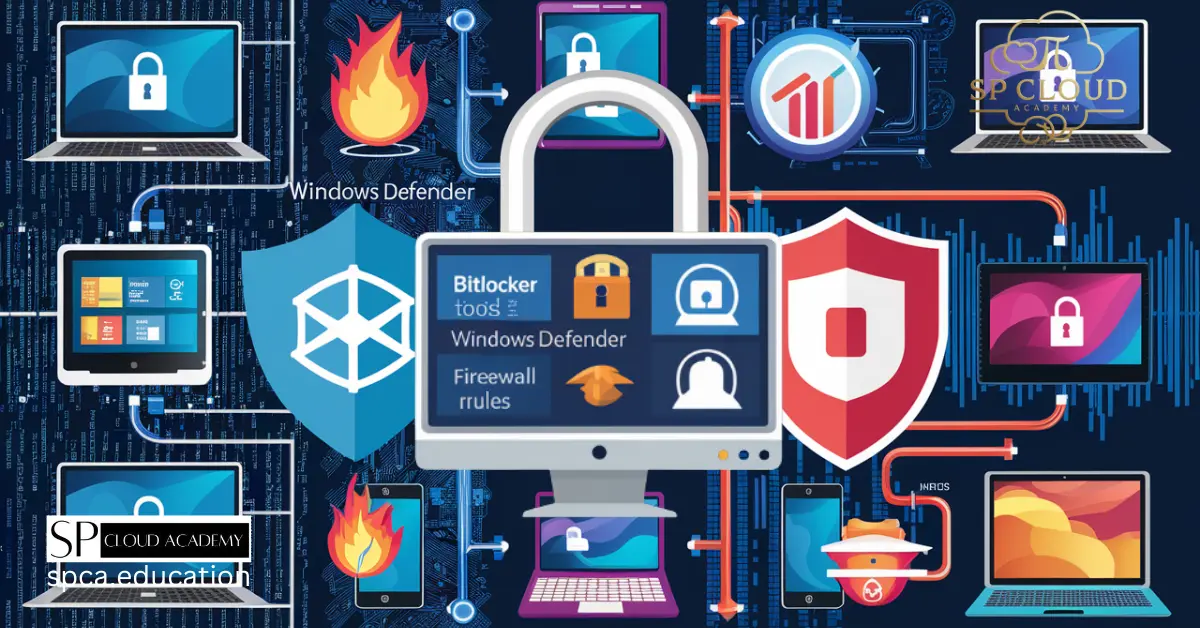
The Ultimate Guide to Securing Your System with BitLocker, Windows Defender, and Firewall Rules
-
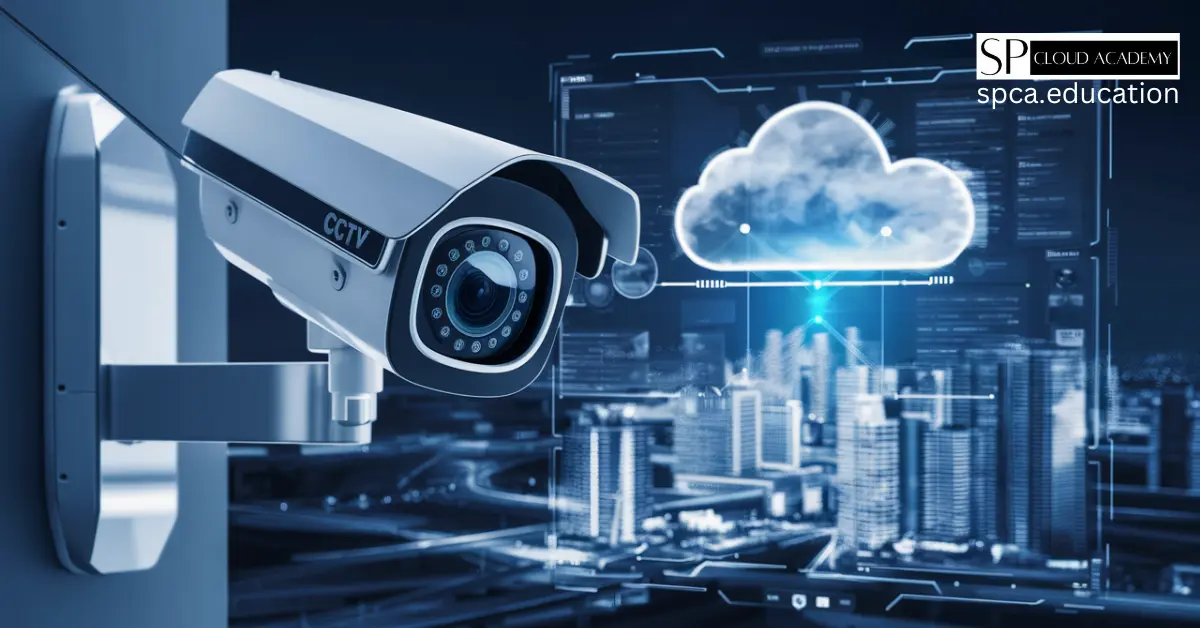
Stay Secure Anytime, Anywhere: Remote Monitoring with IP-Based CCTV and Cloud Integration
-

Unlocking the Dark Web: A Deep Dive into All Types of Cyber Threats
-
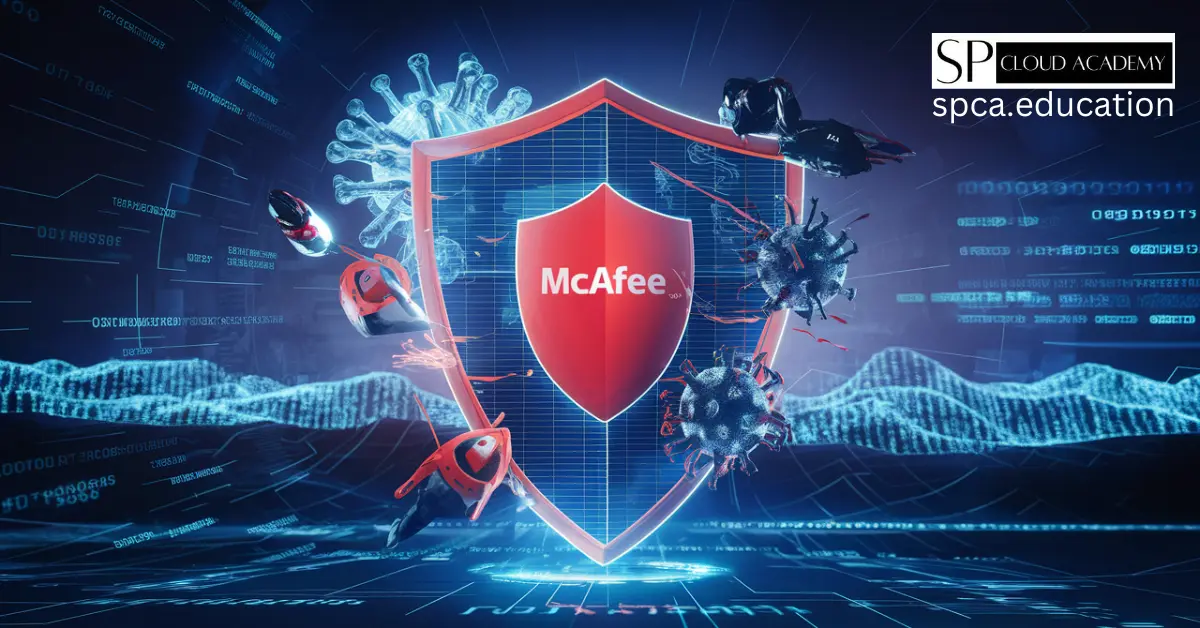
How McAfee Total Protection Shields You from Cyber Threats
-
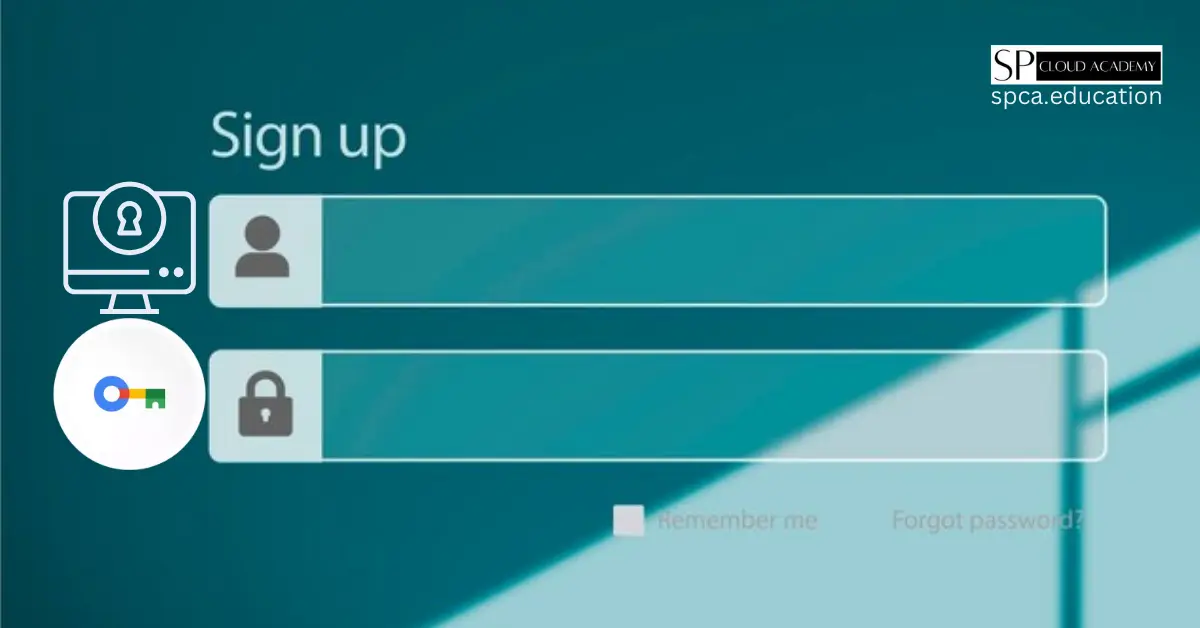
How to Set Up and Use Google Password Manager for Enhanced Security
